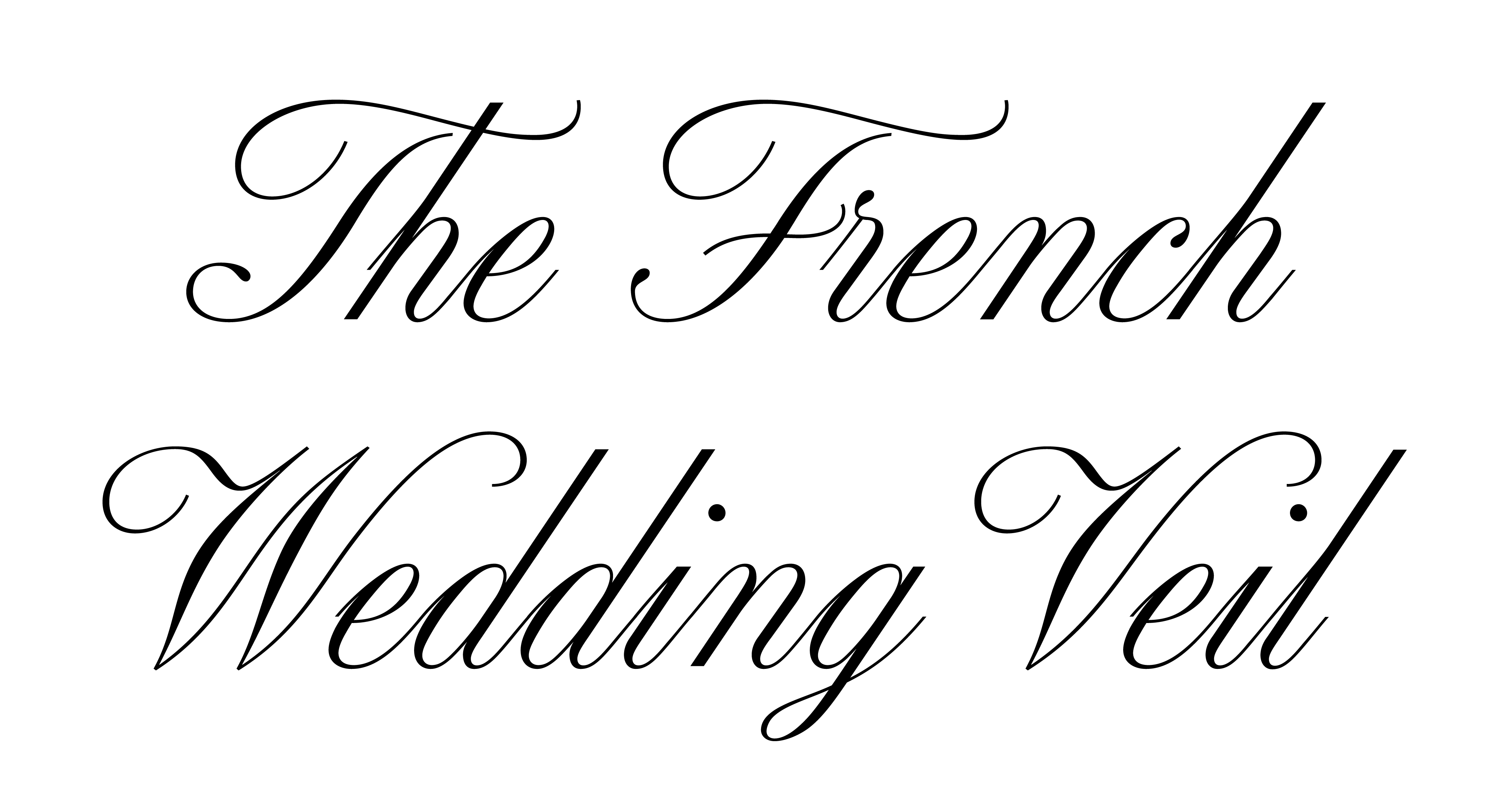History and Symbolism of the Veil, Wedding Culture & Fashion
Throughout history, few garments have carried as much symbolic weight as the veil. Spanning centuries and cultures, the veil has served alternately as a marker of modesty, a badge of subjugation, a declaration of faith, and a fashion-forward accessory. This article explores the multifaceted journey of the veil, from its ancient origins to its evolving role in the modern world.
Origins of the Veil in Religion and Society
The earliest mentions of the veil can be found in biblical and classical texts. In Genesis 24:65, Rebekah covers herself with a veil upon meeting Isaac, signifying modesty and the sanctity of marriage. Ancient Hebrew women, according to Solomon-era records, wore veils of gauze to signify social status rather than for protection. In early Christianity, Paul advised women to cover their heads in church, a practice still observed by some religious orders today.
In ancient Mesopotamia, veiling was tied to notions of chastity and class. The veil marked a woman as respectable, and its absence could be a sign of low status. By the time wh emerged, the veil had become firmly entrenched in the cultures of the East, symbolizing both honor and the seclusion of women.

Veils in Eastern and Western Traditions
In many Islamic societies, the veil became a codified symbol of femininity and subordination. Egyptian and Turkish women developed intricate styles: veils that concealed everything but the eyes, secured with metal cylinders or worn with black shawls. For example, upper-class Egyptian women in the early 20th century wore a white cloth panel hanging over the face and a black veil protecting the sides of the face. A small cylinder of light metal, fastened at the forehead, held the veil in place without touching the mouth or nose. Bedouin women wrapped their entire head and figure in black shawls, leaving only their dark eyes visible.
Conversely, in the West, veils gradually evolved into aesthetic and social markers. Ancient Greek women wore heavy woolen veils that doubled as garments, sometimes hung from the back of the head and covering the shoulders like a modern shawl. Veils were also of fine linen, sheer enough to be described as "mists" or “webs.” Homer describes Helen and Penelope using translucent veils to conceal emotions or signal social status:
"O'er her fair face a snowy veil she threw, / And softly sighing from the loom withdrew."
Later, in Roman society, women used veils like the palla and the flame-colored flammeum, associated with marriage. Vestal virgins covered their heads during religious rituals. Christian brides in Rome wore purple and white veils, blending ceremonial with festive customs.
💡 Explore our vintage-inspired bridal veils that echo the elegance of Greco-Roman traditions. Browse our collection.

The Medieval Veil to the Renaissance
In medieval Europe, veils like the coif or wimple were widespread among both nuns and laywomen. These styles reflected not only modesty but also shifting standards of beauty and decorum. The cowvrechef (or beadrail in England) was often a large square of material that enveloped the head and shoulders, made of fine linen or cotton, sometimes held in place by a metal crown or coronet.
During the 14th and 15th centuries, elaborate headgear such as the hennin (a tall cone-shaped hat) was topped with long, sheer veils that often reached the floor. Veils were frequently draped over reticulated headdresses, completely covering the hair and neck, styles that have influenced many veiled religious orders still seen today.

The Bridal Veil: Symbol and Style
The bridal veil made its appearance in England during Shakespeare’s era but drew from Roman and Hebrew traditions of yellow veils. The bridal veil’s symbolism - purity, transition, mystery - merged religious and romantic ideals. Some suggest it evolved from small medieval coifs, while others claim it was a milliner’s solution to cover a bride’s flowing tresses.
In the American colonies, Roger Williams insisted that women wear veils to church. Later, during the 18th and 19th centuries, mourning customs included heavy black veils that could fully cover the figure. Mourning periods were highly codified, with specific types of veils (often crepe) worn for designated durations.
💍 Looking for a wedding veil rich in tradition? Discover our bespoke veils crafted with historical detail. Request a custom design.

19th-Early 20th Century Veils in Fashion
By the early 20th century, veils adapted to new social contexts. Automobile veils protected drivers from dust, often two-and-a-half yards long and worn over large hats. Veils made of fine net or lace were embroidered with scrolls and worn with both casual and formal wear. Face veils, nose veils, and drawn-back styles added mystery and elegance.
In fashion, veils took many forms: wired to hats for structure, sewn around the brim, tied under the chin, or pinned to the back. Honiton appliqué, Brussels lace, and Limerick lace were popular materials. A “nose veil” reaching only to the tip of the nose was briefly trendy in the 1860s. Dotted and embroidered veils became symbols of refinement.
🧵 Want to carry history down the aisle? Browse our heritage-inspired wedding veil or commission your own.

The Spanish Mantilla and Cultural Identity
In Spain, the mantilla remains a symbol of cultural pride and religious devotion. Made of lace (often black or white), it is worn for formal occasions, Holy Week, and bullfights. The mantilla is paired with a high comb (peineta) and arranged elegantly over the head and shoulders.
Black mantillas are worn during mourning or Holy Week; white is reserved for Easter and celebratory events.
🇪🇸 Inspired by Spanish elegance? Shop our handcrafted mantilla veils in fine lace. See mantillas.

Conclusion: Veil as Cultural Mirror
From sacred emblem to fashion statement, the veil's story mirrors society's shifting attitudes toward gender, faith, and identity. Whether it's worn as part of religious observance, as a mark of mourning, or as a statement of elegance, the veil continues to captivate.
📜 Explore our blog for more in-depth histories of bridal traditions across cultures. Read more.

Frequently Searched Questions
Q: What does the bridal veil symbolize?
A: Traditionally, purity and modesty. Today, it can also signify tradition, mystery, or personal expression.
Q: Is the veil still worn in religious ceremonies?
A: Yes. It’s common in Christian, Jewish, and Islamic contexts, and in some Orthodox and Catholic weddings.
Q: Where did the bridal veil originate?
A: It likely evolved from Roman, Hebrew, and medieval European customs. Each culture brought unique meanings.
Q: Why did veils become a fashion accessory in the 19th century?
A: Veils in the 19th century were associated with modesty and femininity but also became practical and decorative. They protected against sun, dust, and added elegance to hats and bonnets.
Q: What’s the difference between a mantilla and a regular lace veil?
A: A mantilla is a traditional Spanish lace veil worn over a high comb, draped over the head and shoulders. Regular lace veils are often attached to the hair or a tiara and are more common in Western weddings.
Q: Are mourning veils still worn today?
A: Not commonly. Mourning veils were part of strict mourning customs in the 19th and early 20th centuries. Today, they are mostly seen in ceremonial or historical reenactments.
Q: Can a bride wear a colored veil?
A: Absolutely. Historically, veils were also yellow, purple, or saffron. Today, some brides opt for blush, blue, or champagne veils to reflect personality or cultural heritage.
Q: What are some modern alternatives to traditional veils?
A: Brides today may choose capes, floral crowns, pearl-embroidered nets, or even sheer hooded cloaks as alternatives to the classic veil.
References & Further Reading
A curated list of historical sources on veils and costume traditions:
Ashdown, Mrs. Charles H., British Costume During Nineteen Centuries
Blanc, Charles, Art in Ornament and Dress
Cathy Dion Clayton, English Costume, Vol. 1
Child, Theodore, Wimples and Crisping Pins
Farle, Alice Morse, Two Centuries of Costume in America
Ellsworth, Evelyn Peters, Textiles and Costume Design
Evans, Mary, Costume Throughout the Ages
Fales, Jane, Dressmaking
Hartley, Dorothy, Medieval Costume and Life
Kelley and Schwabe, Historic Costume
Norris, Herbert, Costume and Fashion
Peterson's Fashion Magazine (1863 volume)
Picken, Mary Brooks, Secrets of Distinctive Dress
Rhead, C.W., Chats on Costume
Sage, Elizabeth, A Study of Costume

